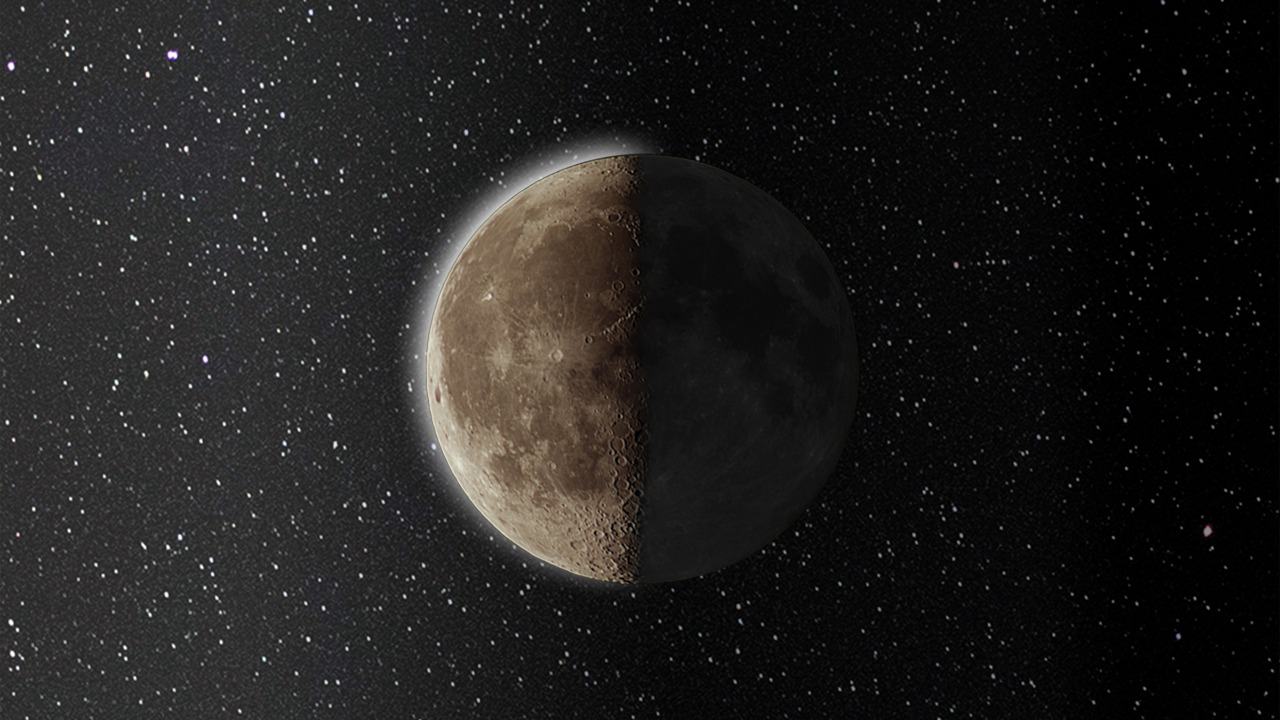
Recent scientific modeling has proposed a fascinating theory about how Pluto captured its largest moon, Charon. The theory suggests a novel “kiss and capture” event, where the two celestial bodies briefly grazed each other without a full-on collision. This mechanism challenges previous theories of moon formation, which primarily involved giant impacts.
Background on the Pluto-Charon System
Charon, discovered in 1978, is the largest moon of Pluto, with a diameter about half that of its parent planet. The Pluto-Charon system is unique in our solar system due to its binary nature. Both bodies orbit a common center of mass, and they are tidally locked, meaning they always show the same face to each other. Data from the New Horizons mission has revealed Charon’s icy composition and provided valuable insights into the structure of the Pluto-Charon system.
Challenges in Traditional Moon Formation Theories
The traditional theory of moon formation, known as the giant impact hypothesis, suggests that a collision with a Pluto-sized body could eject material to form moons. However, this model has limitations when applied to the Pluto-Charon system. For instance, it struggles to explain the system’s circular orbits and the absence of debris rings. Earlier studies on capture versus formation in the Kuiper Belt also emphasized why pure gravitational capture alone fails to account for Charon’s mass.
Introduction to the ‘Kiss and Capture’ Model
The new study introduces a different model for Charon’s formation. It proposes that Pluto and Charon briefly grazed each other in a low-speed encounter, a process distinct from full collisions. This “kiss and capture” event preserved the integrity of both bodies while allowing for Charon’s capture. The icy surfaces of both bodies played a crucial role in this model, enabling a soft interaction without catastrophic damage.
Details of the 10-Hour Icy ‘Kiss’ Event
The 10-hour icy ‘kiss’ event involved Pluto and Charon touching at low velocities in the early Kuiper Belt. The physics of the encounter included tidal forces and material exchange during the brief contact. This event led to Charon’s capture into a stable orbit around Pluto post-interaction.
Evidence from Simulations and Observations
Computer models support the ‘kiss and capture’ scenario, matching Charon’s composition and orbital parameters. Data from the New Horizons mission on surface ices and craters aligns with a non-violent formation like the kiss. Isotopic similarities between Pluto and Charon also provide evidence of minimal mixing during the event.
Implications for Kuiper Belt Dynamics
This model reframes our understanding of moon formation in the outer solar system and could apply to other Kuiper Belt objects. The ‘kiss and capture’ event likely occurred billions of years ago in a denser early Kuiper Belt. The model also considers broader effects, such as changes to Pluto and Charon’s spins resulting from the tidal interactions.
Future Directions in Pluto System Research
Future research plans include simulations to test variations of the Pluto moon formation model. There are also discussions about potential missions or telescopes to gather more data on Charon’s subsurface and confirm the kiss scenario. Open questions remain, such as the identity of the precursor body for Charon and comparisons to other captured moons.
More from MorningOverview